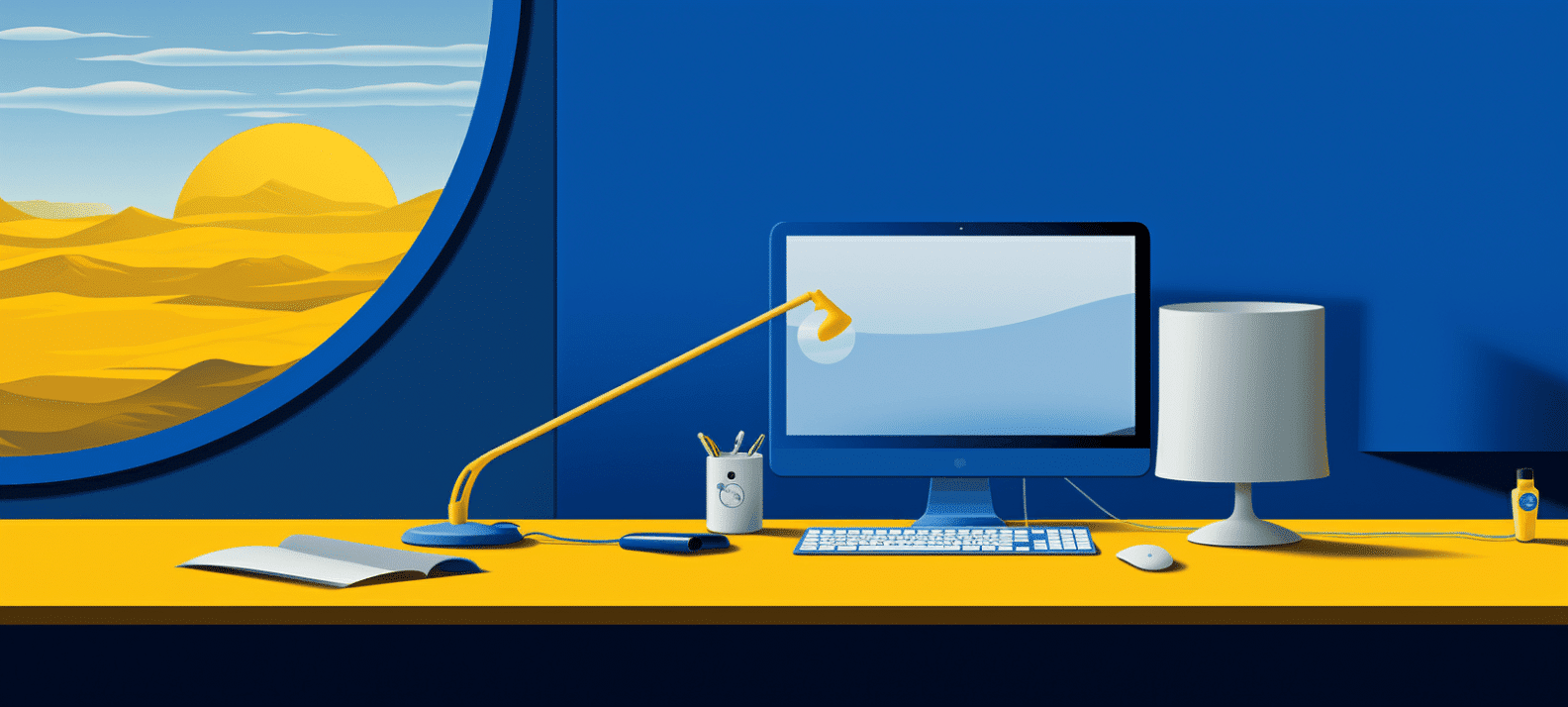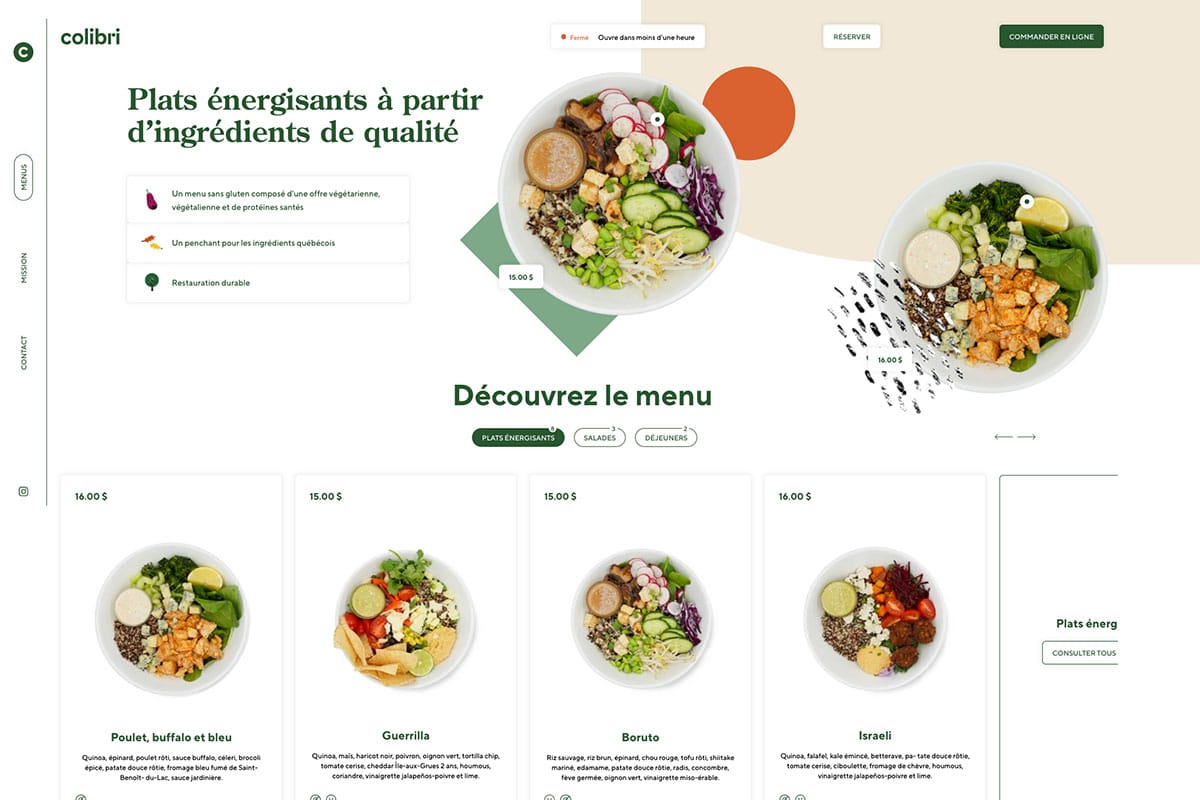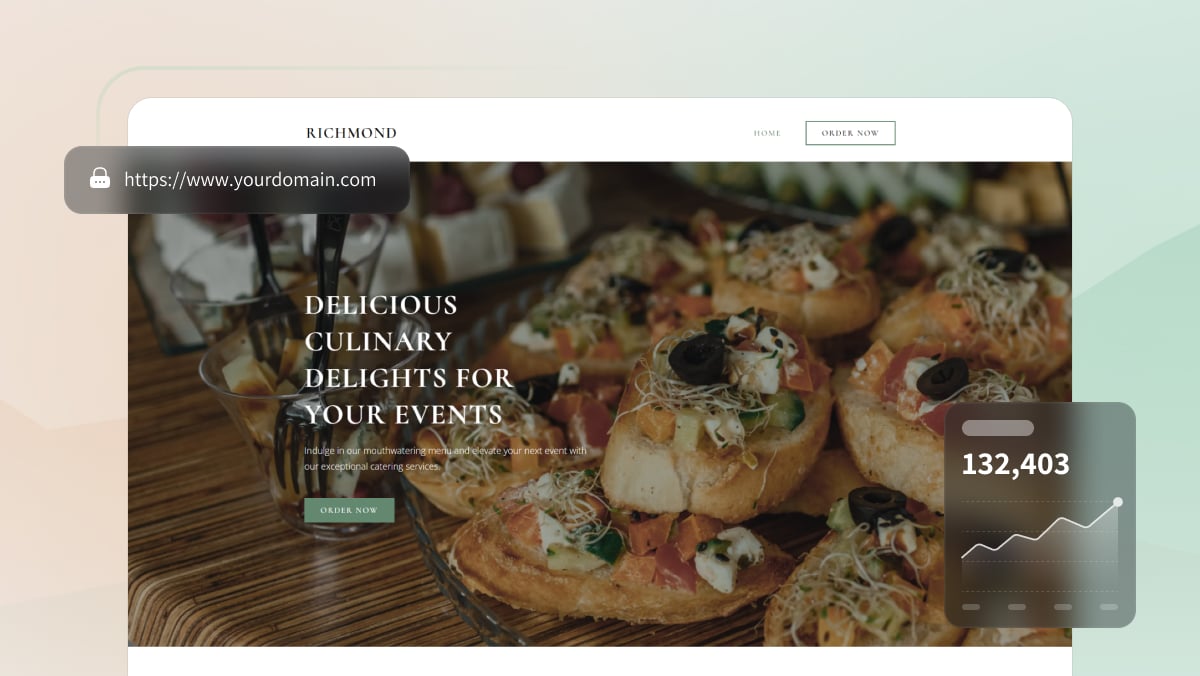The Rise of Minimalist Web Design
The minimalist web design has emerged as a welcome breath of fresh air in an era that is characterized by an abundance of information and increased visual clutter. The ideas of minimalist design promote simplicity and clarity throughout the design process. These concepts are characterized by clean lines, enough white space, and an emphasis on key aspects. Not only does this strategy improve the user experience, but it also represents a larger societal shift toward minimalism in a variety of elements of life.
The Principles of Minimalist Design
In its most fundamental form, minimalist web design is based on the principle that “less is more.” Because of this attitude, designers are encouraged to eliminate components that are not required and to embrace simplicity in terms of layout, typography, and color schemes. Among the fundamental principles are:

1. Simplicity
When it comes to web development, minimalist design places an emphasis on simplicity in all aspects. This entails getting rid of unnecessary features and clutter, which enables consumers to concentrate on the essential information or message. Minimalist websites are able to provide users with an experience that is more immersive and engaging because they reduce the amount of visual noise.
2. White Space
The empty spaces that exist between items on a webpage are referred to as white space, which is also referred to as negative space. When it comes to minimalist design, white space is an essential component that contributes to improved readability and aesthetic appeal. It is possible for designers to create a sense of elegance and sophistication by drawing attention to crucial features and creating breathing room around text and images. https://diversewebsitedesign.com.au/winery-website-design/
3. Typography
One more essential component of minimalist web design is typography that is used. Fonts that are clean and sans-serif are most commonly used because of their readability and simplicity. For the sake of preserving coherence and uniformity, designers frequently restrict the number of typefaces that are utilized on a website. Through the use of appropriate typefaces and font sizes, designers have the ability to improve the overall look while also ensuring that the text is easily accessible to consumers.
4. Limited Color Palette
Websites that adhere to the minimalist aesthetic often have a limited color palette, with neutral tones such as white, black, and gray acting as the primary design elements. There are times when designers would use accent colors sparingly in order to draw attention to essential components or calls to action from the design. One of the factors that adds to the overall sense of harmony and elegance that is associated with minimalist design is the utilization of a color scheme that is limited.
The Benefits of Minimalist Design

The minimalist web design approach provides a multitude of advantages, not just for designers but also for consumers
1. Improved User Experience
Users of minimalist websites are provided with a surfing experience that is both more intuitive and more entertaining. This is accomplished by removing distractions and concentrating on the most important aspects. The usability and enjoyment of a website can be increased by providing clear navigation menus, layouts that are free of clutter, and loading speeds that are quick.
2. Faster Loading Times
It is common for minimalist design to result in lighter website files, which in turn leads to speedier loading speeds. In light of the increasing significance of mobile surfing and the significance of page performance for search engine results, improving load times is absolutely necessary in order to be successful in attracting and maintaining visitors.
3. Enhanced Brand Perception
The ability to communicate a sense of refinement, professionalism, and attention to detail can be achieved through the meticulous execution of a minimalist design. Establishing trust and leaving a favorable impression on visitors may be accomplished by businesses through the presentation of a streamlined and clean user interface.
4. Increased Focus on Content
When it comes to minimalist design, the content is the focal point. Through the elimination of distractions and decorations that are not necessary, designers are able to direct the attention of consumers to the information or items that are significant. When content is prioritized, it has the potential to increase both engagement and conversion rates.

Examples of Minimalist Design
The concepts of minimalist design have been adopted by a large number of websites across a wide range of industries because of their exceptional success
1. Apple
When it comes to design, Apple’s website is a perfect example of minimalist design because of its uncluttered layout, abundant white space, and clear font. With as little distractions and decorations as possible, the spotlight is placed directly on showing the things that the company offers.
2. Google
It’s possible that the homepage of Google is the perfect example of minimalist design. Although there are a few other features that are competing for attention, the most prominent feature is the search bar, which is displayed against a white background. By keeping things straightforward, Google demonstrates its dedication to provide a search experience that is both quick and effective.
3. Airbnb
A simple design that places an emphasis on user friendliness and aesthetic appeal may be found on the Airbnb website. The user interface is designed to be welcoming and user-friendly, with clean lines, intuitive navigation, and high-quality images. This makes it simple for tourists to locate and book rooms.
Conclusion
In contrast to the cluttered and disorganized user interfaces that have dominated the digital environment in recent years, minimalist web design offers a welcome departure from this trend. Designers are able to develop websites that not only look amazing but also give an exceptional user experience by embracing simplicity, clarity, and elegance in their design process. It is quite likely that minimalist design principles will continue to be relevant as the digital environment continues to undergo continuous evolution. These ideas serve as a foundation that is both effective and engaging for web development.






